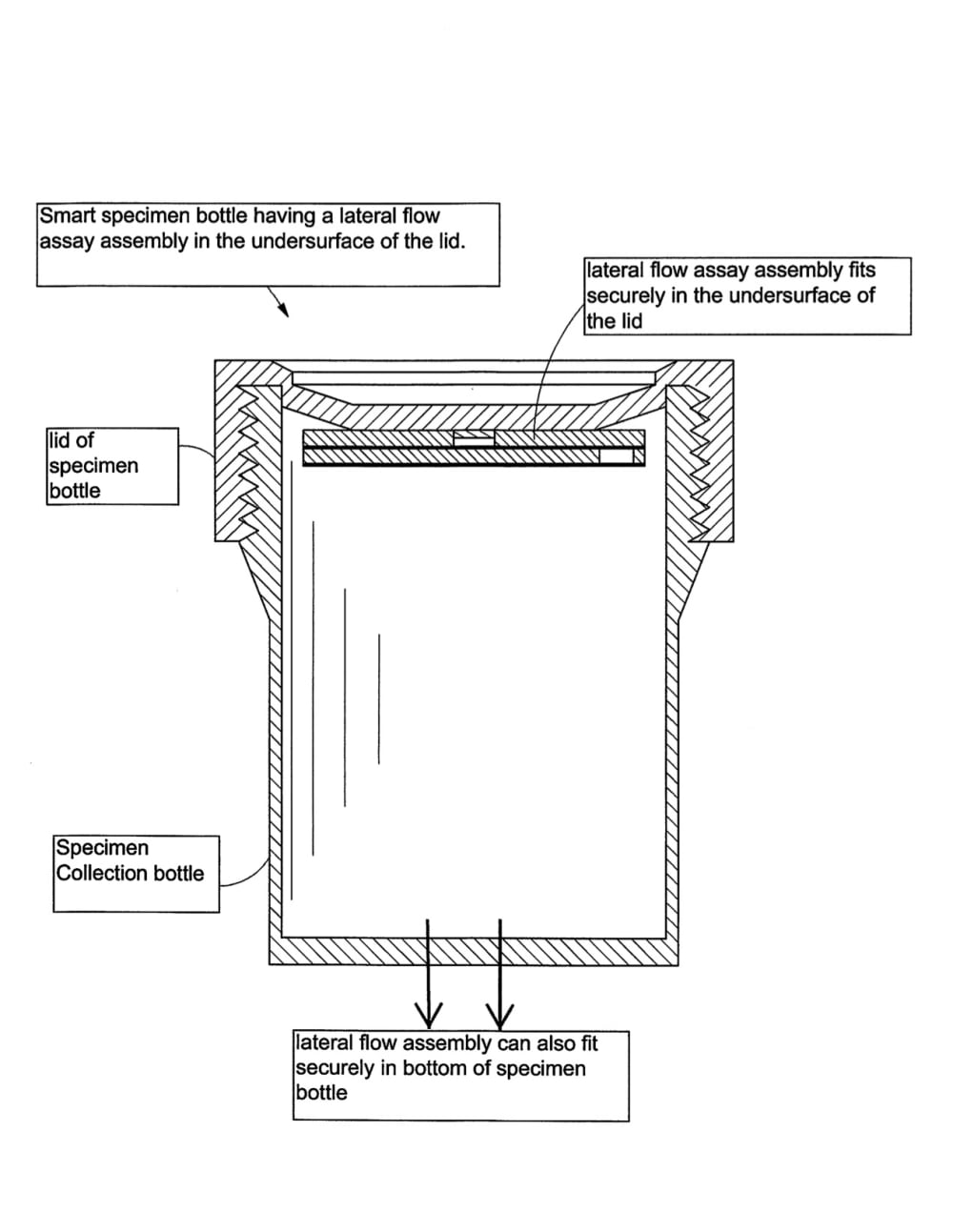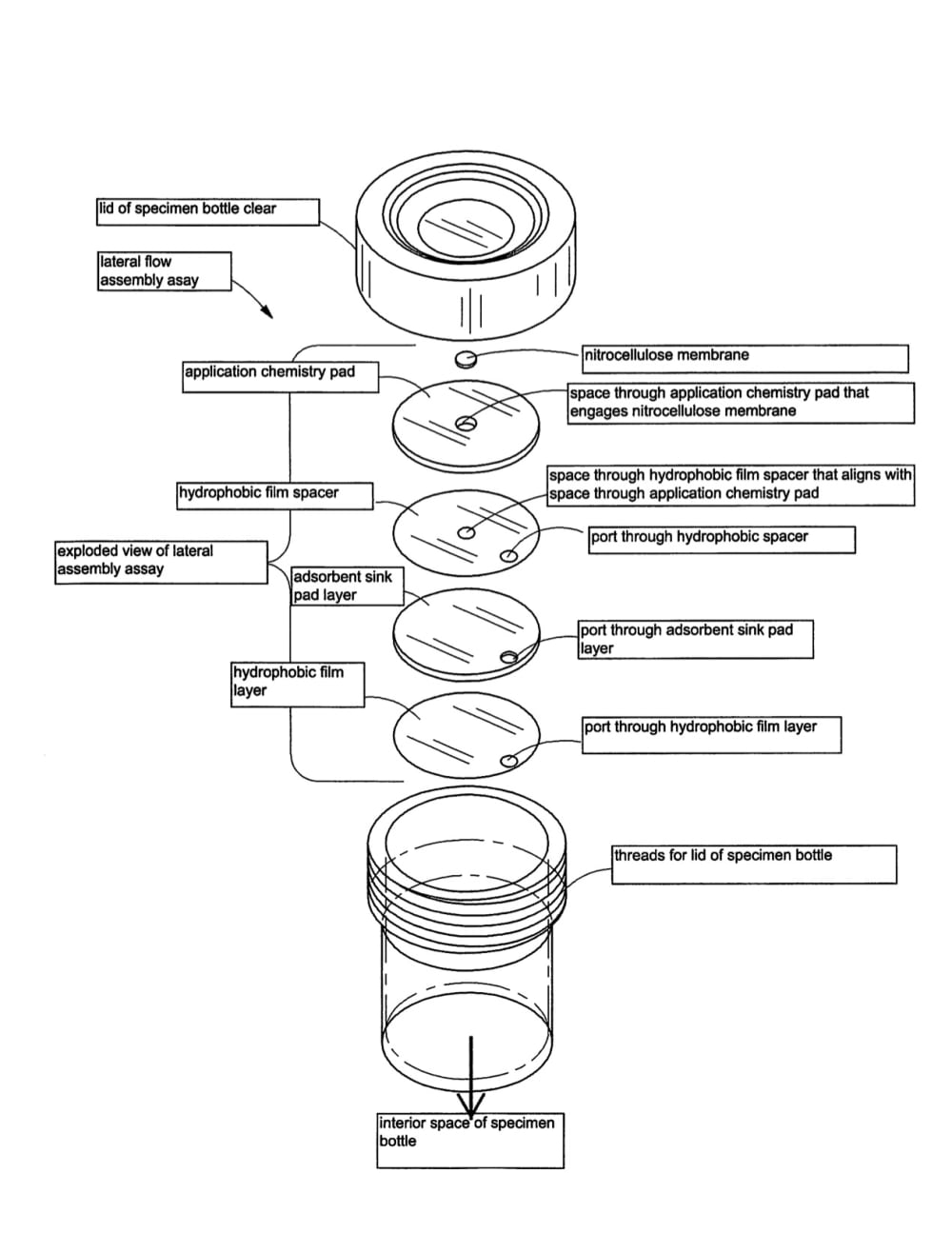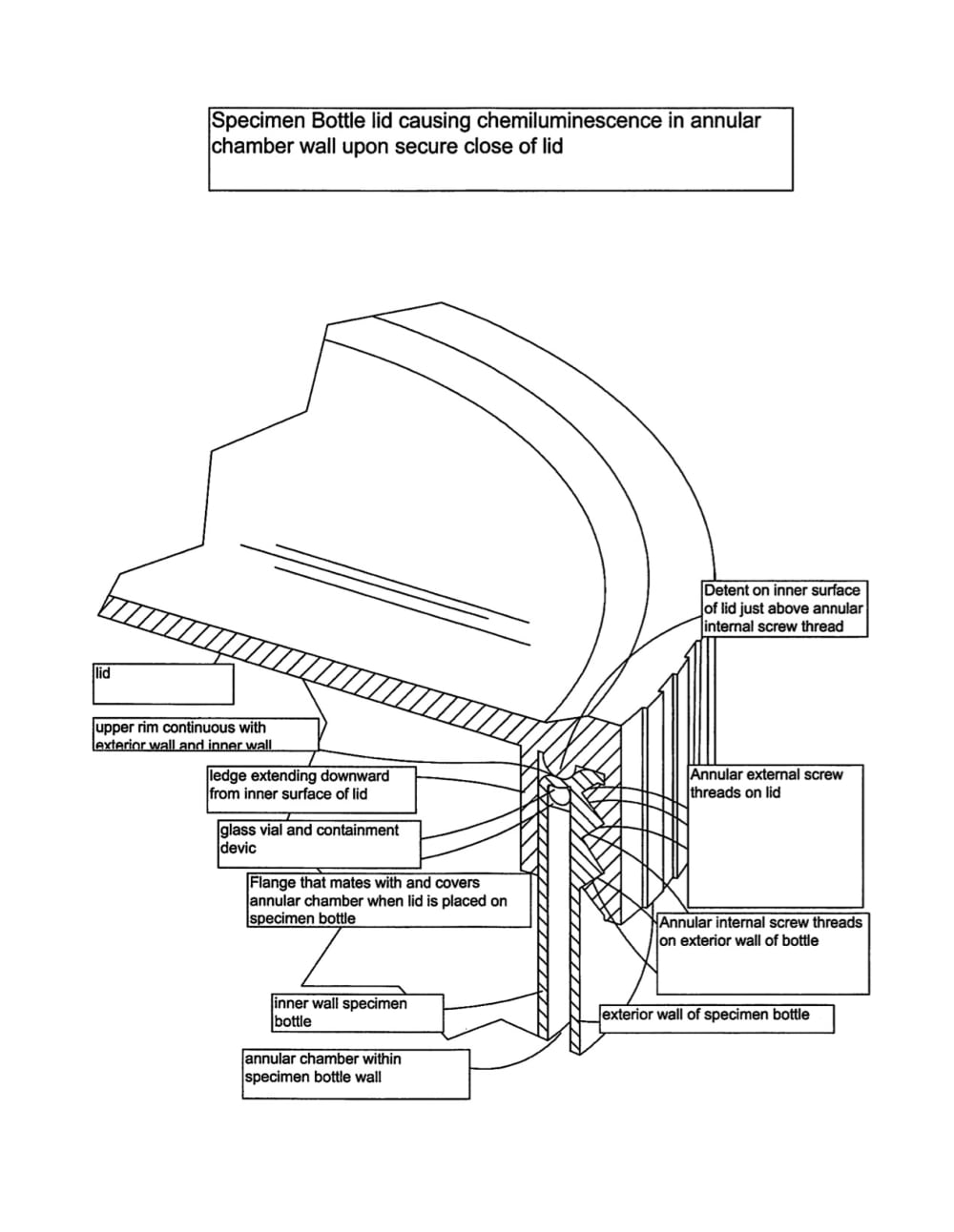PROBLEM
Lost biopsy specimens are a common problem and frequent cause of patient harm and medical malpractice. Lost biopsy specimens delay diagnosis and in cases of cancer, can deprive patients of years of life.
It’s common practice for surgeons after removing human tissue to place such tissue in a specimen bottle to enable processing so that a pathologist may render a diagnosis. During the rush of surgery or biopsy procedures, physicians may forget to place the tissue into the biopsy specimen collection bottle, unknowingly lose the specimen, or accidentally dispose of biopsy specimens after they are thought to have been placed into a bottle. Commonly, the surgical team may not examine the specimen bottle to confirm tissue presence, or they forget to close completely the lid on the bottle. Spillage of fixative and tissue results. Pathology labs, consequently, not uncommonly receive a specimen bottle with lost tissue or, in cases of incomplete closure, spillage of bottle contents during transport.
The frequency, in dermatology alone, is estimated at 1 of every 1500 skin biopsies has a lost specimen. Annually this affects the millions of biopsies performed including skin, urologic, breast, and gastrointestinal biopsies in aggregate.
SOLUTION
A smart specimen bottle provides for a color indicator, that changes colors indicating the presence of human protein in the specimen bottle. This bottle also changes color upon the secure adequate leakproof closure of the bottle after insertion of tissue specimen.
A lateral flow assay assembly secured within the specimen bottle undergoes a chromogenic reaction confirming the presence of protein in the bottle. The lateral flow assay assembly, secured in either the lid or floor of the bottle, amplifies the presence of trace amounts of protein and is a qualitative visual index indicating human protein presence. The lateral flow assay assembly comprises: a variety of known chromogenic substances that effect a color change in the presence of human protein; a protein binding disc such as a nitrocellulose membrane; an adsorbent sink pad; an application chemistry pad; a hydrophobic film; and a hydrophobic film spacer.
A separate chemiluminescent reaction occurs once the lid of the bottle is rotated to its complete closed position. An annular chamber concentric to the inner chamber of the collection bottle contains a dye such as fluorophore, a base catalyst, and diphenyl oxalate. A containment device is disposed in the annular chamber. The fragile containment device contains hydrogen peroxide and is positioned in the vicinity of the bottle screw threads and a detent. Upon complete closure of the lid of the collection bottle, the detent positioned above the superior lid screw thread compresses the exterior wall of the fragile containment device, causing rupture and allowing the hydrogen peroxide to mix with the dye, base catalyst, and diphenyl oxalate in the annular chamber. The subsequent chemical reaction causes the emission of light, visually confirming full closure of the lid on the collection bottle.
Like this entry?
-
About the Entrant
- Name:Steven Hacker
- Type of entry:individual
- Software used for this entry:Not applicable
- Patent status:patented








